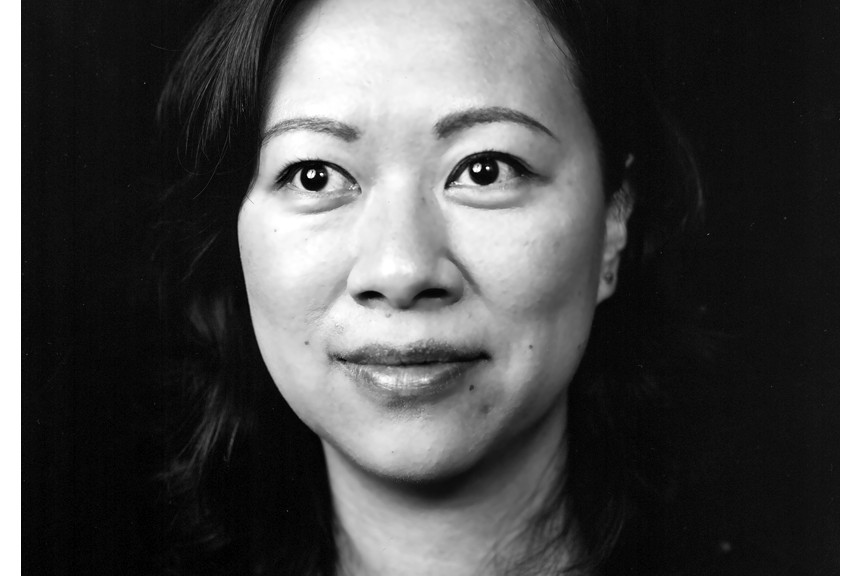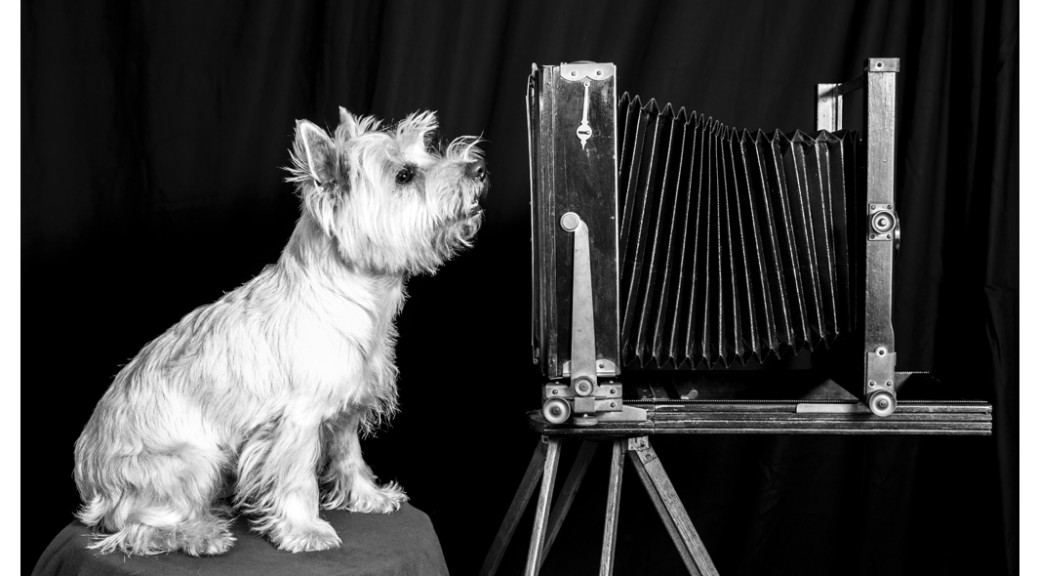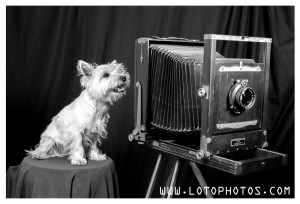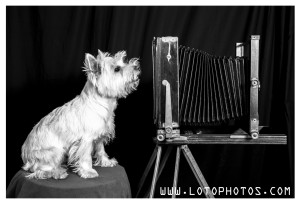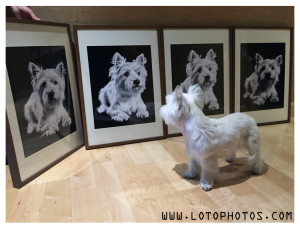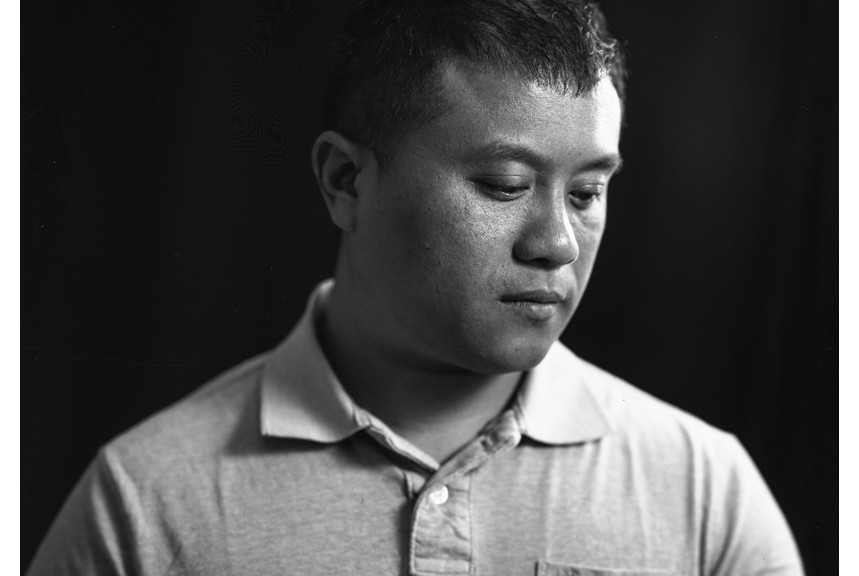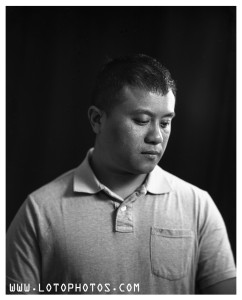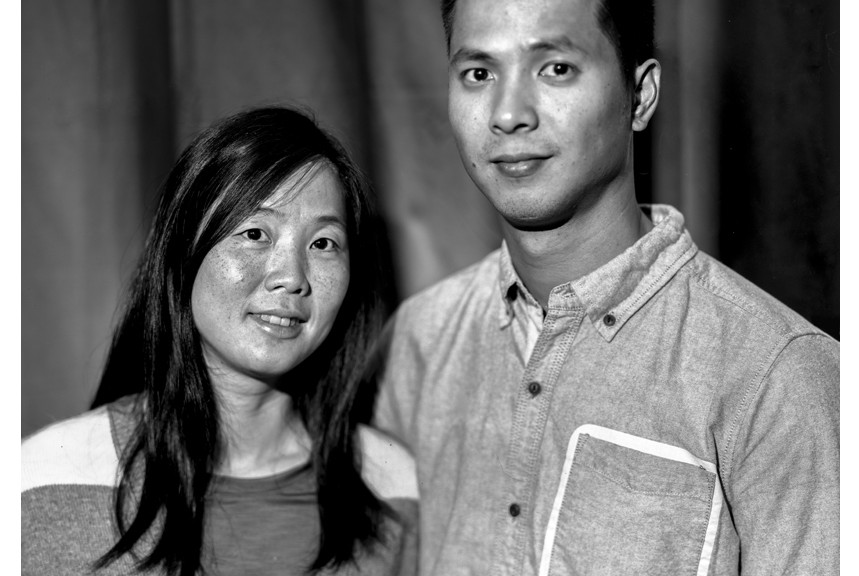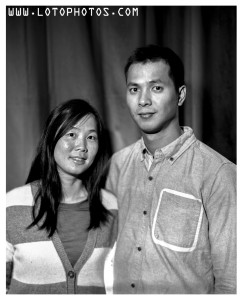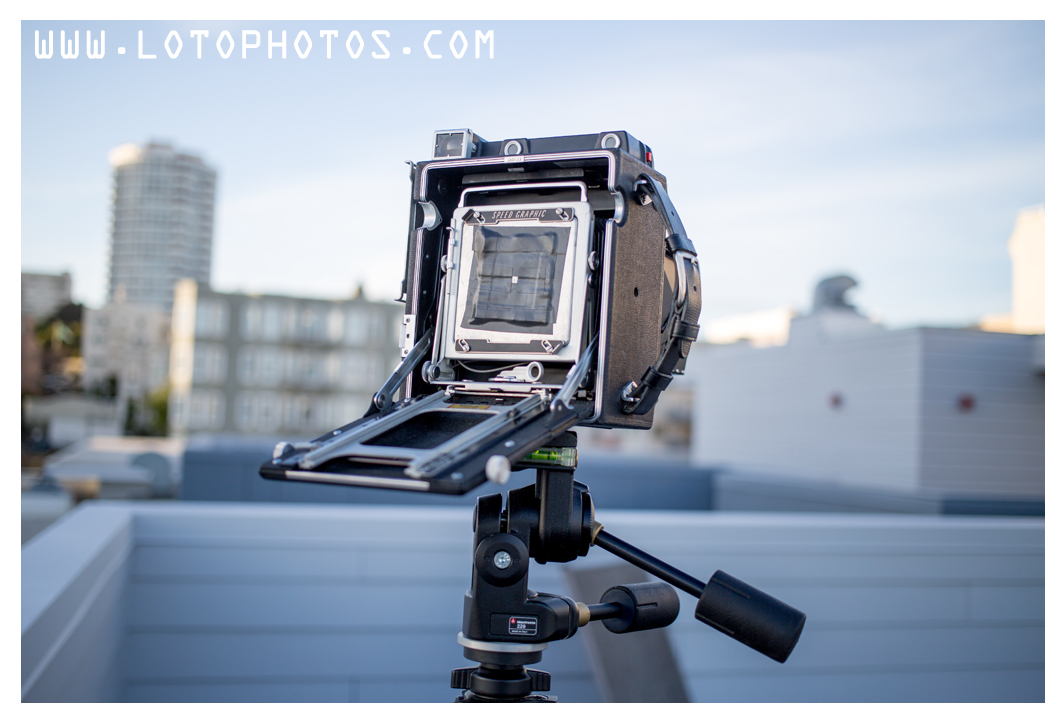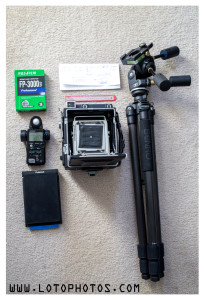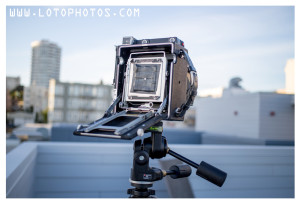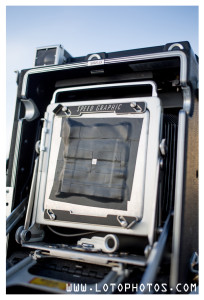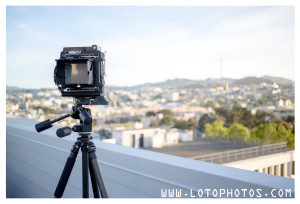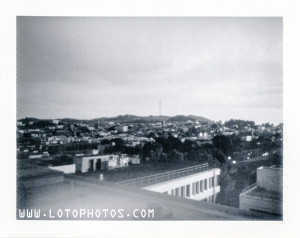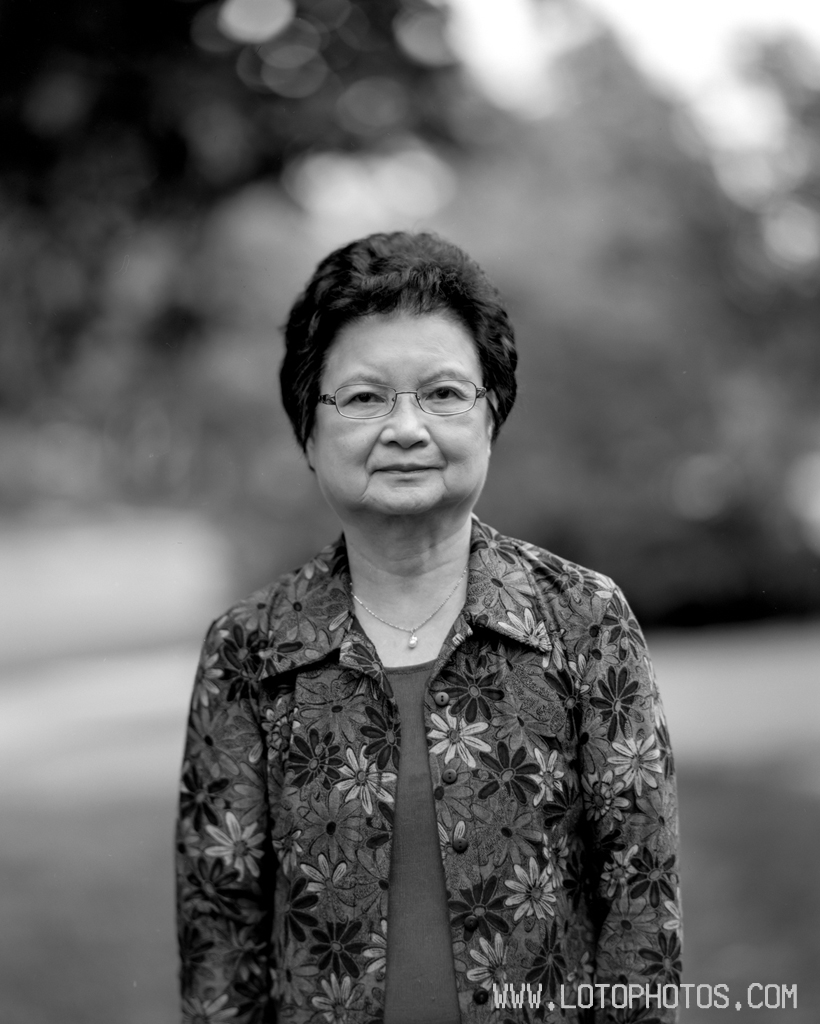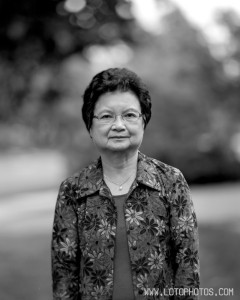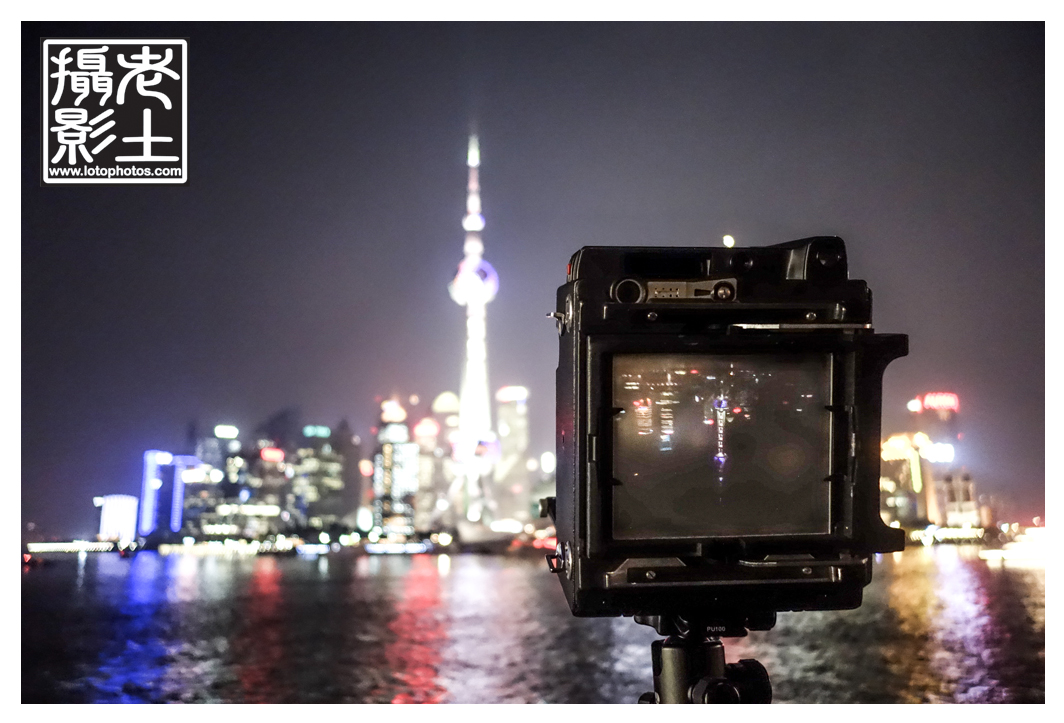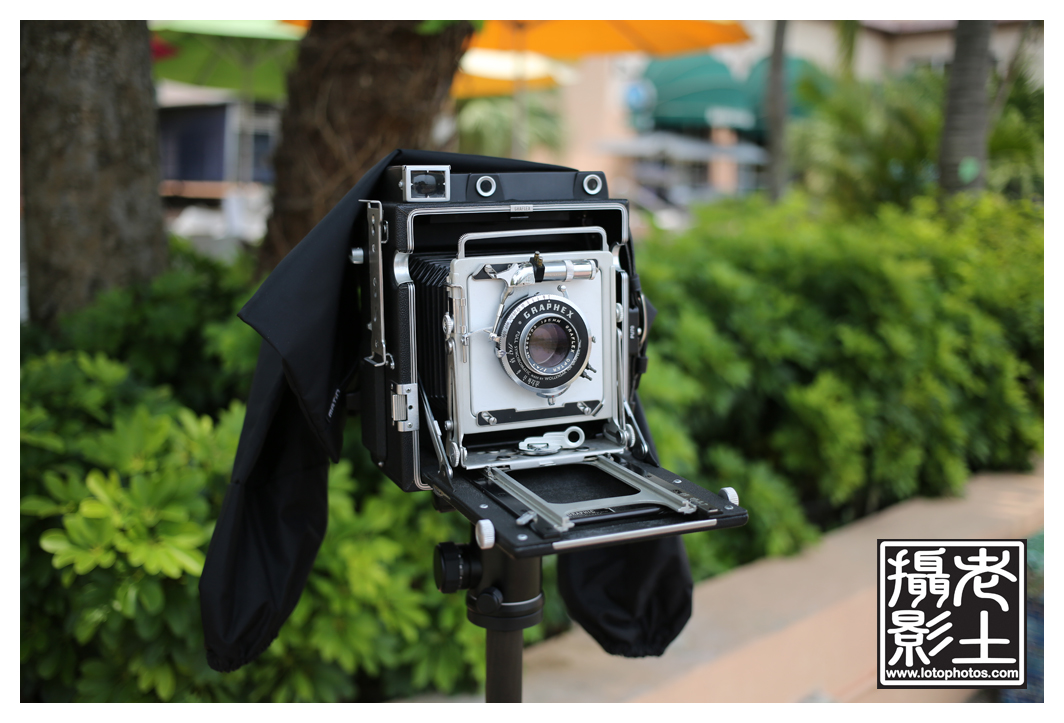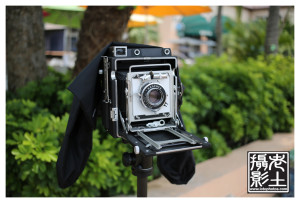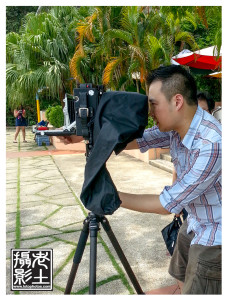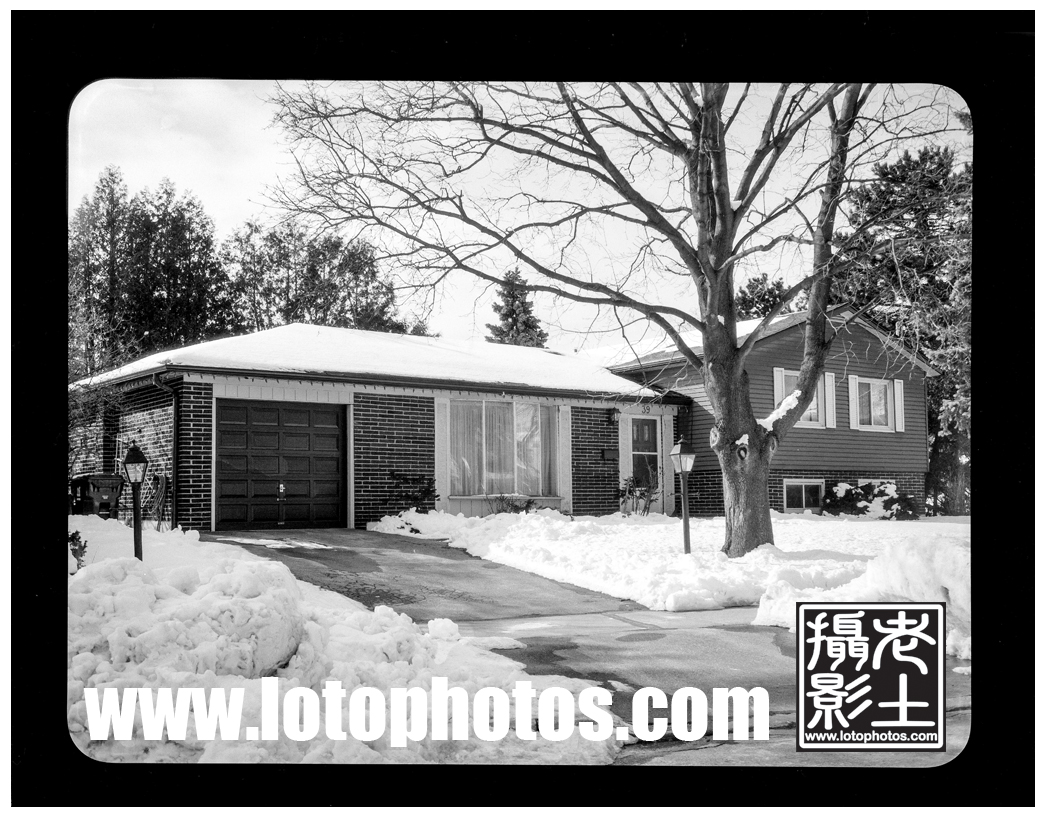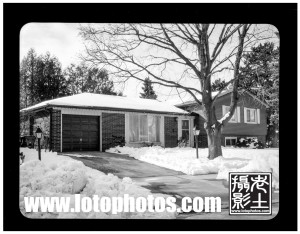During a recent visit of Henry and Wendy in SF, I invited them to have their portraits done in large format. Setup of the day was my 91-year-old Kodak 2D 8×10 camera with Fujinon A 240mm f9 lens and Kodak Ektascan x-ray film. The strobes, I used two light sources, one direct light above the camera and a reflective light from the left of the subject. The dark background is a big piece of black cloth that is about 2.5 feet behind the subject.
Here is a collage of photo of me in action, courtesy of Henry and Wendy.
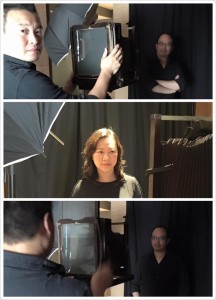
The film is developed with Kodak D76 1+1 for 10-12 minutes at 19C with rollers and scanned with Epson Perfection V700. Scanning this time I was faced with a lot of Newton ring issues. I have an AN glass but that only prevented newton rings from one side of the light. I have to scan the negatives with emulsion down on the scanner glass, then I put the AN glass on top of the negative. This way I was able to get rid of most of the newton rings. I guess I probably need another piece of AN glass and hopefully this issue will go away.
The first photo is that of Henry. It was shot at f11, 1/30 sec and turned out quite nicely.
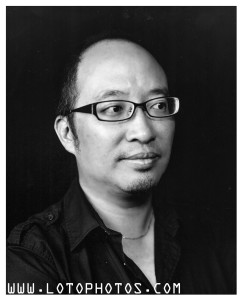
Wendy here featured in the second photo, also shot at f11, 1/30sec. I have asked her to look into the left (her right) reflective light.
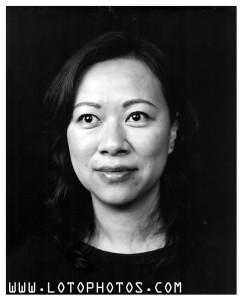
The final shot is of them together, shot at f16 1/4 sec. I had cranked up the strobes to be the highest level. The init negative is dark and about a click off. I need to double up on the flash to get more light next time. I have focused on Wendy’s eyes and even at f16, the depth of field is so narrow that Henry’s eyes were very slightly off focus. I need to add more light sources and try at f22 or even f32 next time for group portraits.
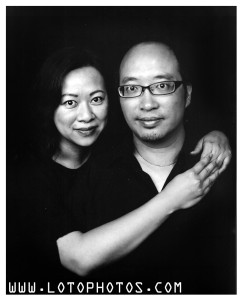
Overall another fun shoot that yield some fantastic portraits.

